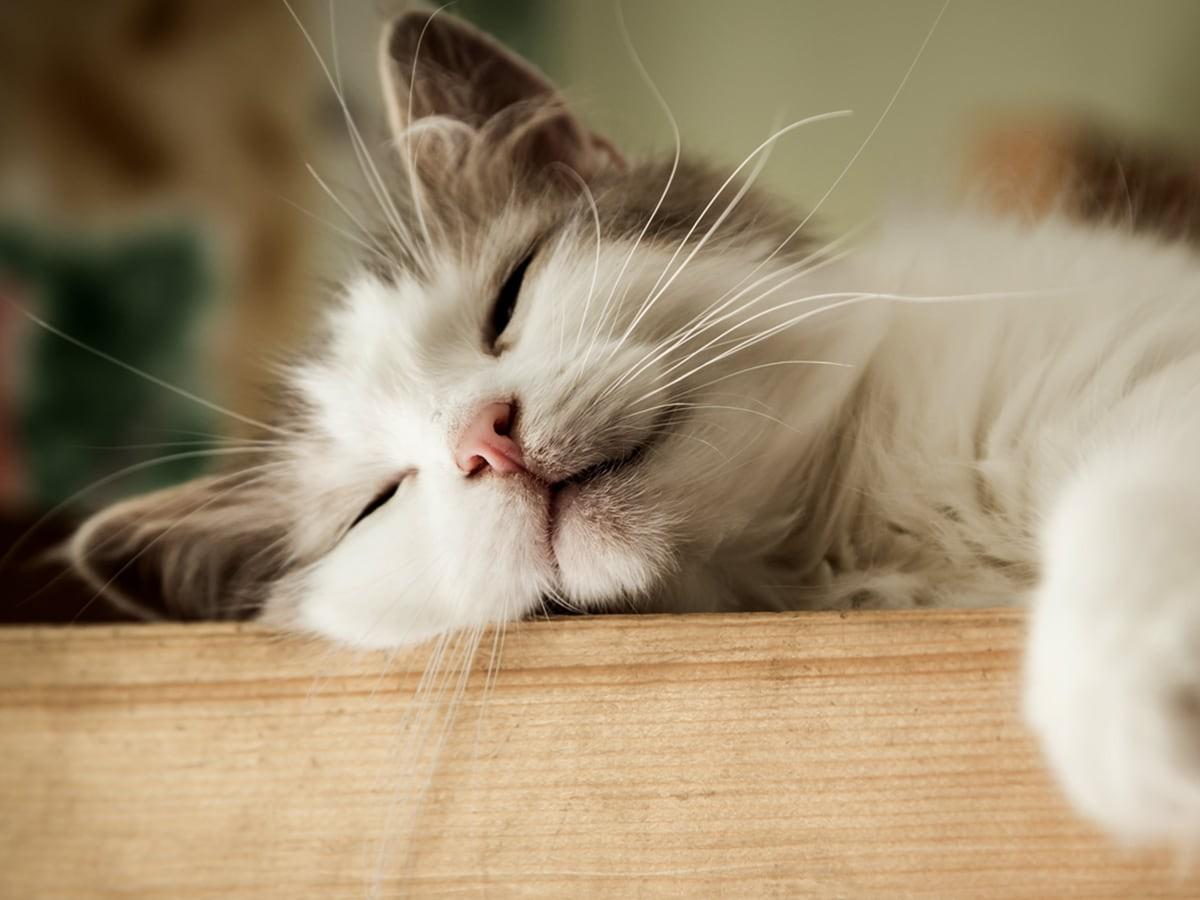Cats are known for being independent creatures that often keep to themselves. However, that doesn't mean they don't have feelings and emotions just like us. As a cat owner, it's important to be able to read your feline friend's body language and behavior to determine if they're happy and content in their environment. Here are some tell-tale signs of a happy cat:
Physical Indicators of a Happiness
Purring: One of the most obvious signs of a happy cat is purring. Cats purr when they're relaxed and content, and it's also a form of communication between cats and their owners.
Relaxed body language: A happy cat will have a relaxed body posture, with their ears facing forward and their tail held upright or twitching slightly. Slow blinking is also an indication that your pet is relaxed.
Behavioral Indicators of a Happiness
Appetite and thirst: A happy cat will have a healthy appetite and drink plenty of water. If your furry friend suddenly loses their appetite or seems to be drinking more or less than usual, you should consult with your veterinarian.
Playfulness: Cats are naturally curious and playful creatures. When they’re happy, they will show interest in toys, games, and other forms of play.
Vocalization: Cats may meow or chirp when they're happy and content, especially when they're greeting their owners or asking for attention.
Litter box habits: A happy cat will usually have regular litter box habits and use the litter box without issue. Changes in litter box behavior could indicate stress or a health issue.
Affection: Cats are known for their independent nature, but they can also be very affectionate with their owners. A happy cat may seek out attention, purr loudly, and even knead with their paws.
Creating a Happy Environment
Nutrition and hydration: To help create a happy environment for your cat, provide a balanced diet of wet and dry food, fresh water, and occasional treats. A cat that is well-fed and hydrated is more likely to display both physical and behavioral indicators of happiness.
Regular playtime and exercise: Cats are natural hunters, and without proper stimulation they could become bored, stressed, and sometimes depressed. Take the time to play with your pet family every day. Not only can it help keep them happy and healthy, but it can also strengthen your bond.
Resting areas and hiding spots: Cats love to sleep, lounge, and also enjoy having a private space to retreat to when they feel stressed or overwhelmed. By providing a variety of comfortable resting areas and hiding spots, you are helping them to feel safe and secure in their home, which ultimately leads to a happier and healthier cat.
Consistent and positive interactions with people: Cats are social animals, and they crave attention and affection from their owners. Regular petting, grooming, and cuddling can help strengthen the bond between you and your cat and make them feel loved and appreciated. These simple actions can go a long way in helping to create a happy and healthy environment for your furry friend.
If you're unsure whether your cat is happy and content, it's a good idea to consult with your veterinarian. They can help to identify potential health issues and provide tips on how to improve your cat's overall well-being.
Conclusion
In conclusion, cats give us physical and behavioral indicators if they are happy in their environment. Learning to read these signs can enable you to better understand your companion’s state of mind. To help create a happy environment for your cat, prioritize their nutrition and hydration, provide comfortable resting areas and hiding spots, regular playtime, and consistent and positive interaction. By promoting happiness in your feline companion, you are not only improving their quality of life, but also strengthening the bond between you and your beloved pet.
How Spot Pet Insurance Can Help
At times, you may provide your cat with a great environment and still feel that they are not being themselves. If this is ever the case, it may be time to schedule a visit with your veterinarian. The cost of vet visits can quickly add up and burden pet parents who want to get the best care for their companions. Spot Pet Insurance plans can help cover the eligible costs of covered services.
With a Spot plan, pet parents have the opportunity to customize their coverage to create the plan that best fits the needs of their furry friend and their budget. With a Spot plan, pet parents have the option to choose an unlimited annual limit option with no per-incident caps, no lifetime caps, and a reimbursement rate of up to 90% for eligible veterinary costs.
A plan from Spot Pet Insurance offers coverage for accidents, illnesses, and preventive care coverage for an additional cost. Preventive care coverage covers the eligible costs of routine exams, certain vaccines, and dental cleanings, in addition to many other benefits. To learn more about Spot Pet Insurance plans, get a free quote!

Creative manager by day, pet enthusiast all the time! After 19 years with my dog (hopefully he wins the award for oldest pet in the world), I enjoy spending my days brainstorming tail-wagging content, and sniffing out the latest trends in the pet world.












